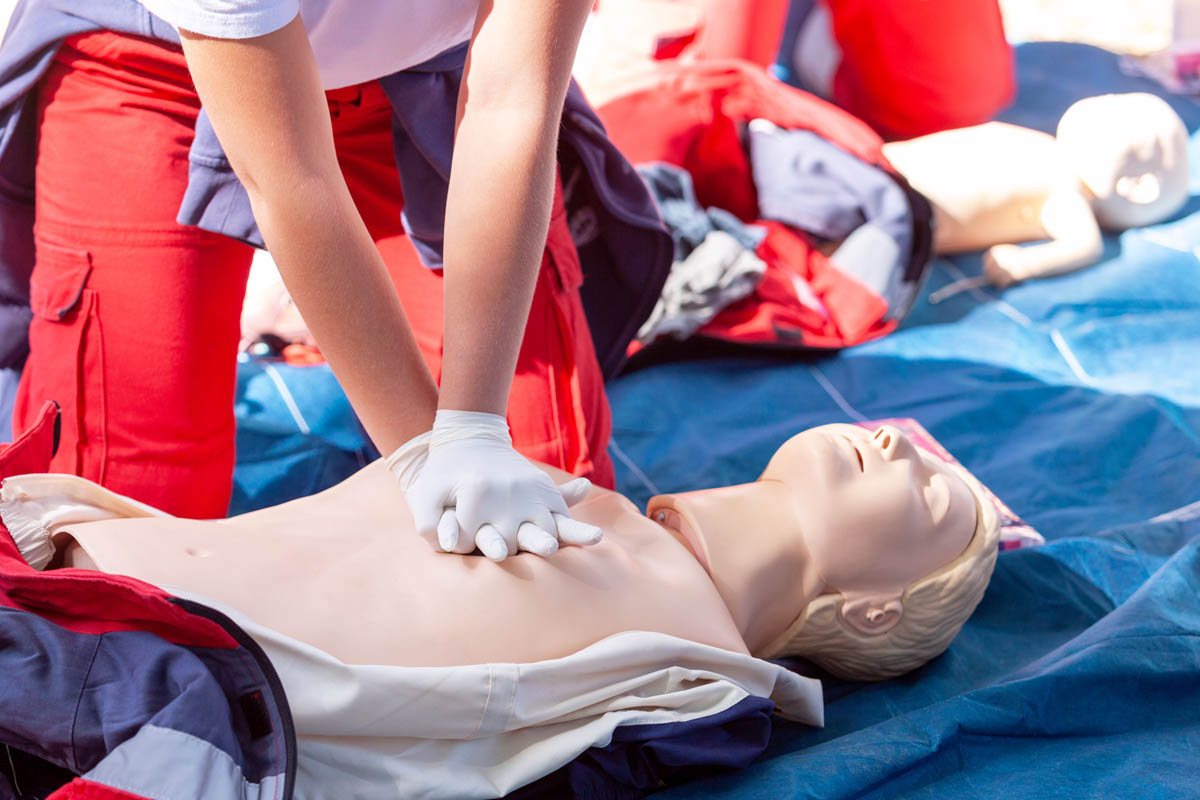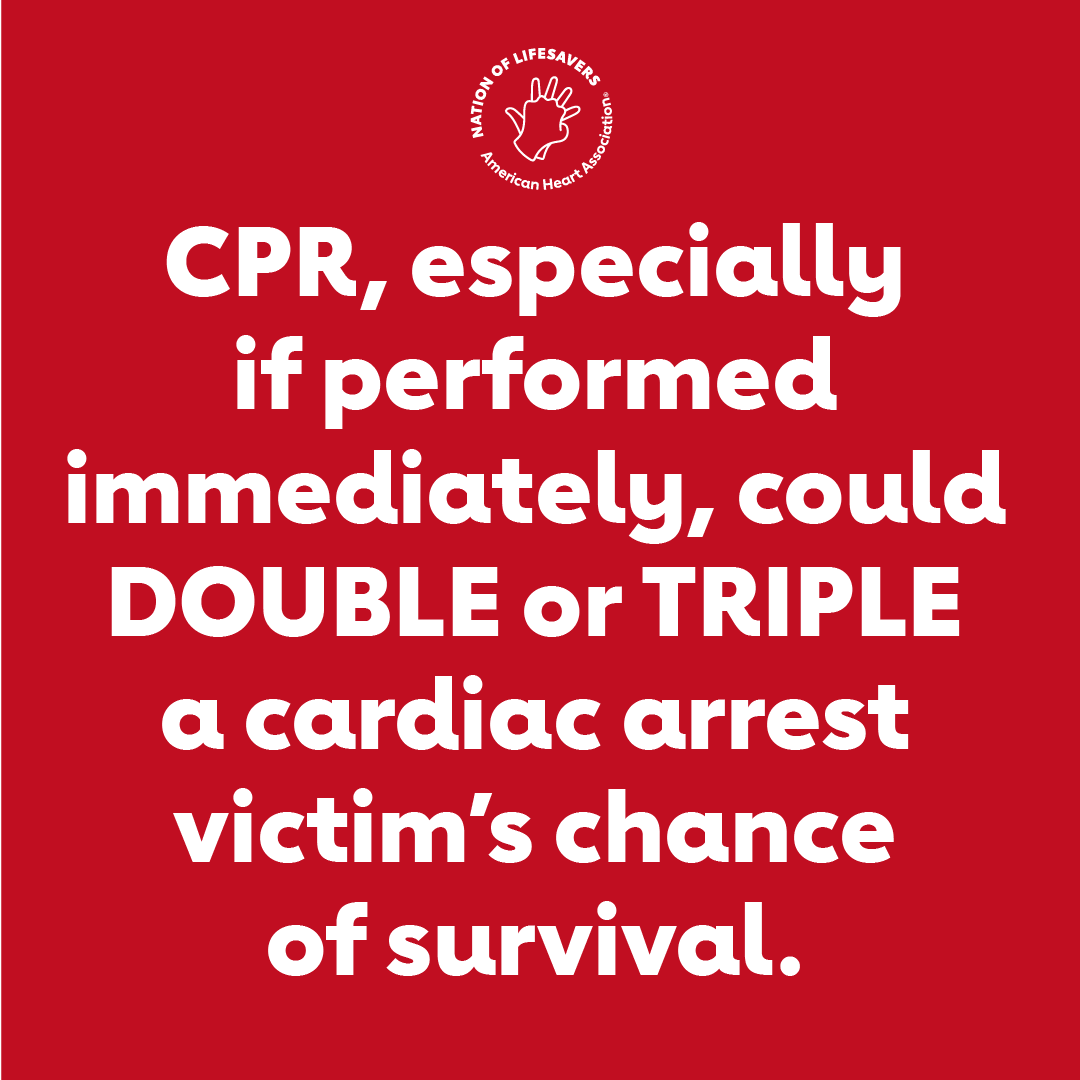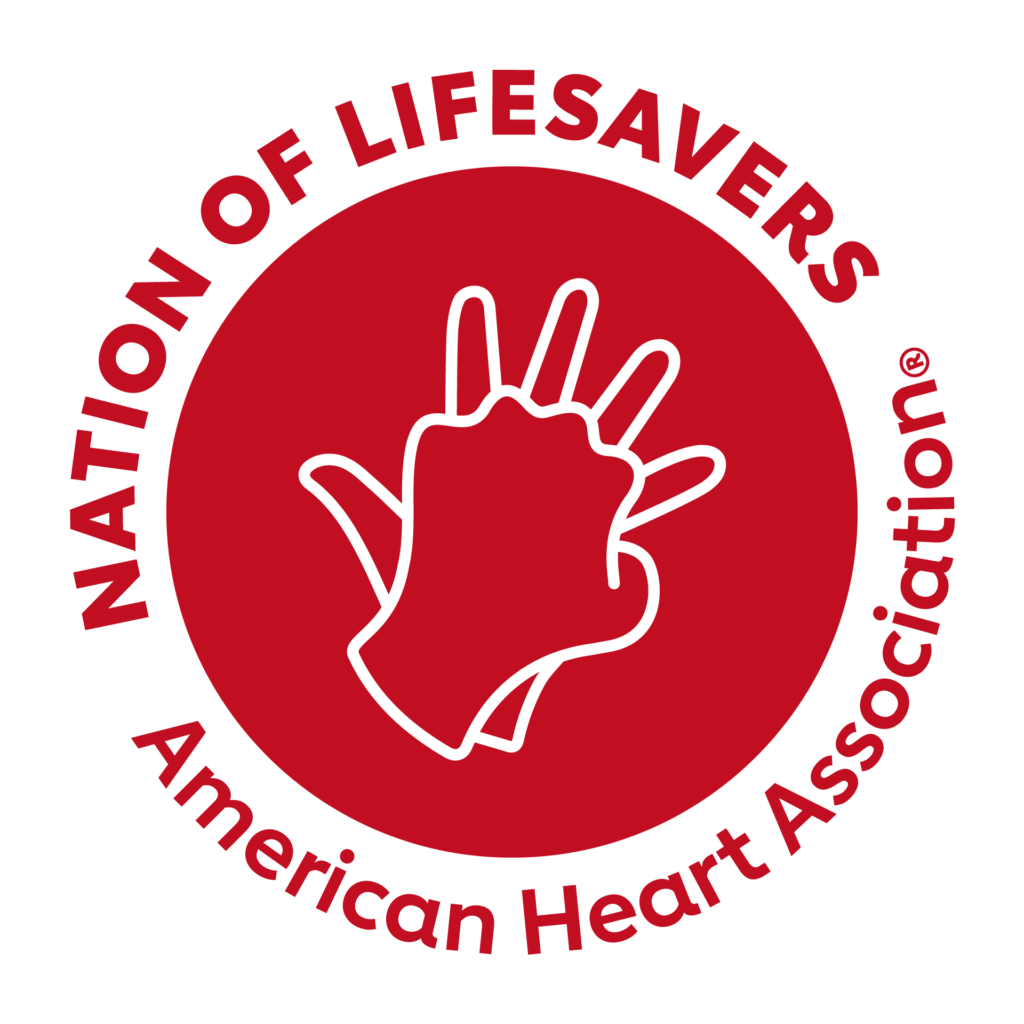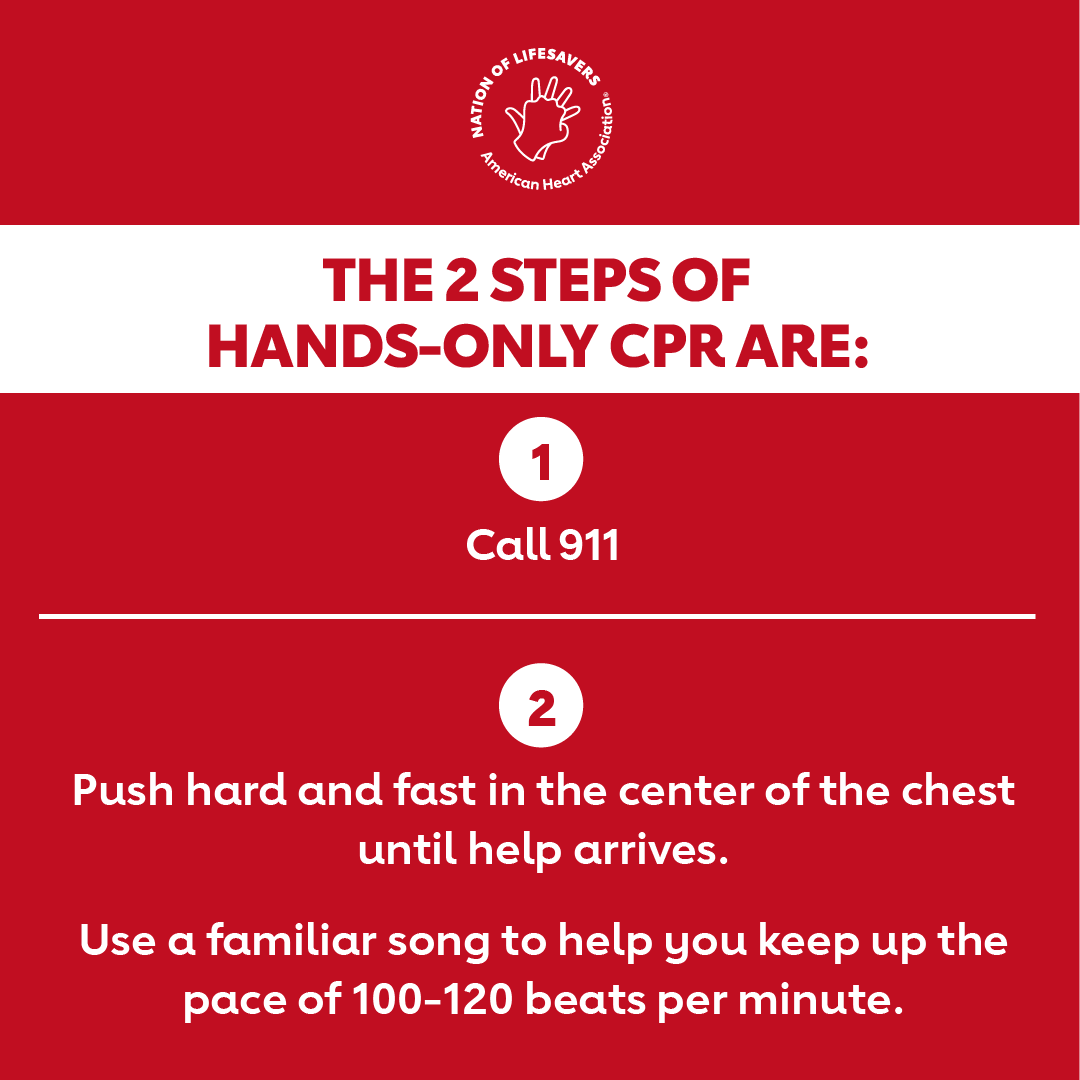Chest Compressions for All
How the AHA is hoping to double America’s cardiac arrest survival rate.

The American Heart Association is turning 100 this year. In celebration, the nonprofit is taking on cardiac arrest—the fifth leading cause of death in the United States—in a big way. As part of the lead-up to such a grand milestone, the AHA has declared an equally grand goal; doubling the out-of-hospital cardiac arrest (OHCA) survival rate by the year 2030. Here’s how.
Imagine you’re out at a cafe. Suddenly, a man at the counter collapses. Everyone freezes, looking at each other with panicked eyes. When he doesn’t respond or get back up, someone calls 911 but the EMTs won’t get to the shop quickly. He came alone, he’s unconscious, and no one present is a medical professional.
What do you do?
No one knows how they will react in any emergency situation. Every year, more than 350,000 people from all backgrounds experience an OHCA without warning. But studies show that, in this kind of out-of-hospital situation, cardiopulmonary resuscitation (CPR) is only administered 40% of the time. What’s even more alarming is that the survival rate is currently sitting at only about 10 percent.
 “In cardiac arrest, the heart suddenly stops beating which stops the flow of blood to vital organs,” Jim Myers, AHA Region CPR Advisor, explains. “The longer treatment is withheld, the more damage is dealt to vital organs. And the heart is the only organ that cannot regenerate.”
“In cardiac arrest, the heart suddenly stops beating which stops the flow of blood to vital organs,” Jim Myers, AHA Region CPR Advisor, explains. “The longer treatment is withheld, the more damage is dealt to vital organs. And the heart is the only organ that cannot regenerate.”
So much of the chance of survival and rate of recovery after a cardiac arrest correlates directly with the Chain of Survival. This is defined as the actions that are taken immediately after the onset of cardiac arrest. The first parts? The recognition and activation of an emergency response and the administration of CPR.
And this is where AHA’s Nation of Lifesavers initiatives come in.
“We want people to be kind of jumping right in and doing hands-on CPR as quickly as possible, as well as calling 911, getting advanced care providers there as soon as they can,” Myers says. “And just with those actions right from the beginning, we can double and even triple the amount of people that survive.”
The second part of AHA’s 2030 goal is to have at least one person in every household to know CPR. Following the fact that over 73% of OHCAs occur in the home and, again, CPR is only administered in 40% of all OHCAs, the AHA wants to make chest compressions a basic skill across the country. The best way to do that? Starting in the school system.
“A lot of what I do is get CPR equipment into schools. Because when you think about it, if I can train an eighth grader how to do CPR, they’re gonna be in the home probably for four to five years at least,” Myers says.
It may seem strange, a young person administering a lifesaving treatment, but Myers says there are already so many success stories. One such story came out of Birmingham, Alabama. Two twins and their friend were playing in the pool when the twin’s dad went down. The twins pulled him out of the pool while the friend ran to call 911.
“So, these two 10-year-old boys are just pounding on their daddy’s chest and they saved him,” Myers recalls. “After learning CPR in our Kids Heart Challenge, we got all kinds of these stories. You don’t need to be any certain age to be a lifesaver.”
 Though CPR is such a detrimental aspect, Myers says that there are all kinds of challenges to making this kind of treatment available and administrable to all. In rural areas, like New Mexico’s indigenous population across 19 pueblos, the issue can be relatively more straightforward. In this example, Myers explains that while there is no electricity, which affects nutrition and healthcare access, all you need for CPR is knowledge of the technique and hands.
Though CPR is such a detrimental aspect, Myers says that there are all kinds of challenges to making this kind of treatment available and administrable to all. In rural areas, like New Mexico’s indigenous population across 19 pueblos, the issue can be relatively more straightforward. In this example, Myers explains that while there is no electricity, which affects nutrition and healthcare access, all you need for CPR is knowledge of the technique and hands.
However, many other challenges are much more structural. Even with access, many populations and demographics have a much higher death rate than others. Black and Hispanic people tend to have higher death rates, and oftentimes, neighboring zip codes can have stark differences in their rates of survival. This is why AHA is also declared a 2024 impact goal to advance healthcare for all.
“Another important push is that, since 2008, we’ve moved away from the idea that you have to have mouth-to-mouth resuscitation,” Myers says. “Because a lot of people don’t want to have this kind of stigma of putting your mouth on a stranger.”
This stigma, Myers explains, is often seen as to why many people may hesitate based on the assumed gender of the CA victim. Even without the mouth-to-mouth, people still hesitate to jump into action when it’s a stranger. For fear of not doing the compressions correctly or, more commonly, for fear of hurting the victim with the compressions.
“It’s true you can crack someone’s rib when you’re administering CPR,” Myers says. “But I always say, breaking a rib and saving a life is a whole lot better than just letting the whole situation go.”
Interested to learn how you can be a part of the Nation of Lifesavers? Find more information and resources below.
Signs of Cardiac Arrest
Hands-Only CPR Resources







